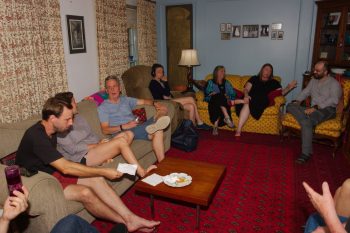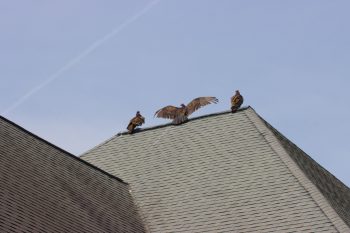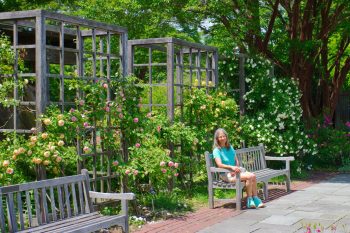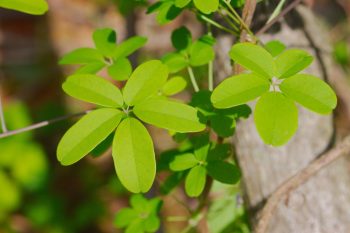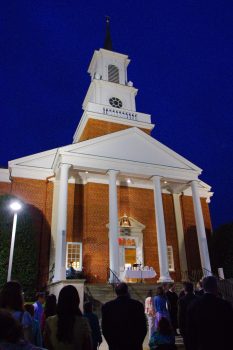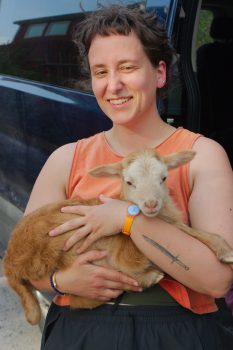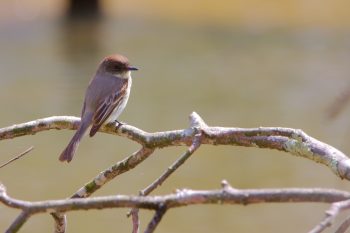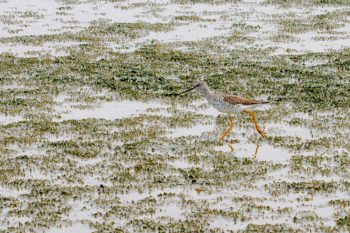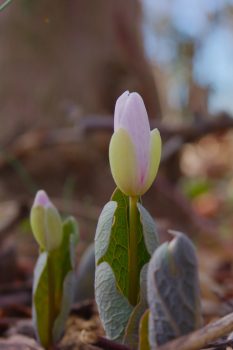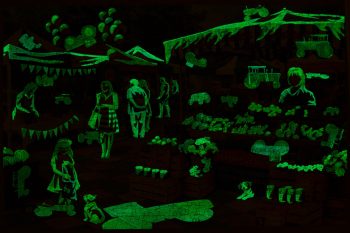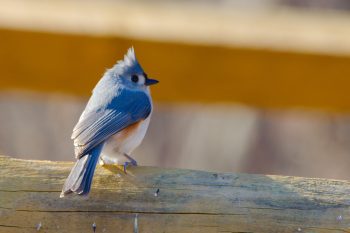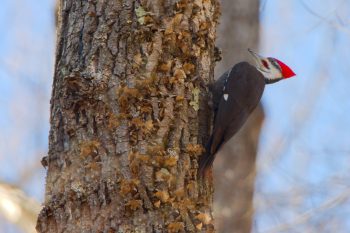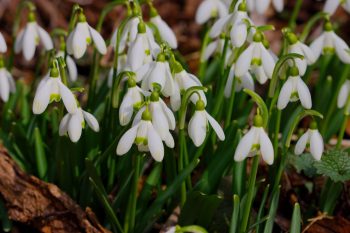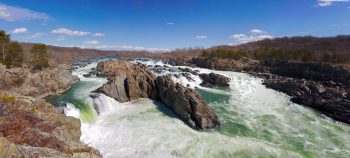Mom’s memorial service was this morning. There were a few technical hitches, such as a tree down and power lines down across the road so getting to the church was difficult for folks coming from that direction. While power had been restored around midnight, the internet connection was still out, so we were not able to life-stream the service for those who could not be there. Also, while we had a microphone and that worked for folks in the room, we were not able to get the audio fed directly into the video camera. Nevertheless, after some creative editing, we got a video with passable audio. You can read mom’s bio and find links to the video and slide show on HartleyFamily.org.
After the service, all the local family and some from out of town came to our house for the rest of the day. Others from out of town drove home the same day, but it was good to see everyone and we’re very thankful for the love and support of our family and friends.

